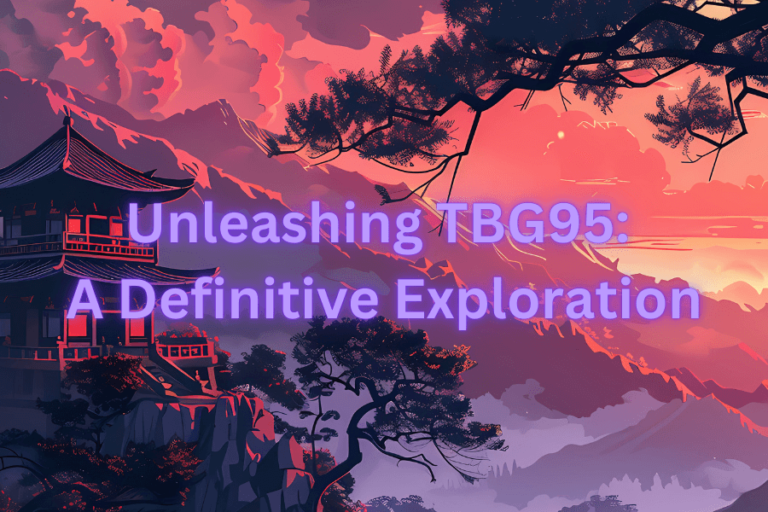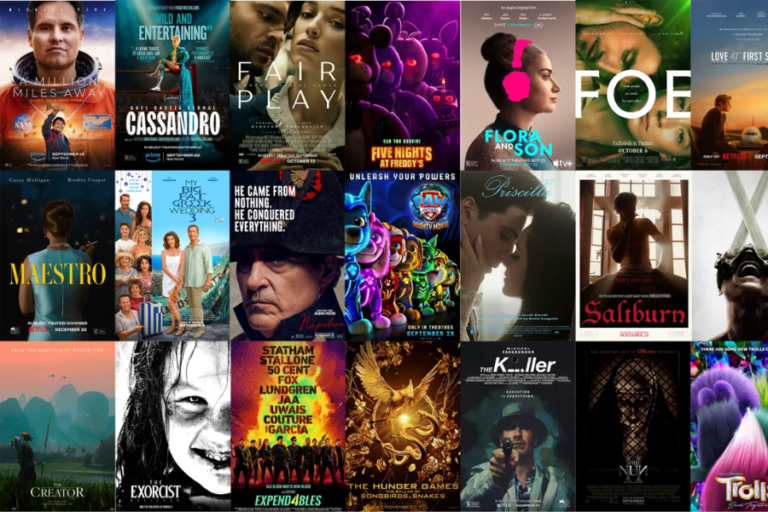Ünikorn: From Ancient Legends to Modern Magic
Introduction
The ünikorn, also known as the “unicorn” in its more familiar spelling, is a mythical creature that has mesmerized humanity for centuries. Characterized by its single, spiraling horn and often depicted as a majestic white horse, the ünikorn symbolizes purity, grace, and magic.
Origins of the Ünikorn Myth
The legend of the ünikorn has its roots in ancient civilizations where creatures with a single horn were seen as symbols of power and nobility. In Mesopotamian art and literature, these majestic beings were revered and depicted as influential figures. Similarly, artifacts from the Indus Valley civilization, including seals and other items, highlight the ünikorn’s significance in early human history.
Medieval Symbolism
During the Middle Ages and Renaissance, the ünikorn emerged as a powerful symbol of purity and grace. It was believed that only a virgin could capture a ünikorn, and its horn was thought to possess the magical ability to purify water and cure diseases. Art and literature from this period frequently feature the ünikorn, often found in lush, woodland settings alongside maidens.
Modern Interpretations
In contemporary culture, the ünikorn continues to enchant and inspire. It remains a symbol of fantasy and rarity, frequently associated with magical realms. The ünikorn is a popular figure in children’s literature, movies, and TV shows, embodying the allure of the fantastical and the extraordinary.
Ünikorn in Other Traditions
The ünikorn or similar creatures appear across various cultures worldwide, each bringing its own unique interpretations and symbolism.
Ancient Mesopotamia: In Mesopotamian art, one-horned creatures resembling ünikorns were depicted as powerful and protective beings, often associated with deities.
India and China: Indian mythology features the “Re’em” or “Karkadann,” a one-horned animal. In Chinese mythology, the “Qilin” bears resemblance to the ünikorn, symbolizing good fortune, prosperity, and longevity. The Qilin is often depicted with a dragon’s head and a single horn.
Persian Mythology: The Persian “Shadhavar” is a ünikorn-like creature known for its enchanting musical horn that plays melodies when the wind passes through it. This creature represents beauty and allure.
Medieval Europe: In European folklore, the ünikorn was a symbol of purity and grace. Its horn, or “alicorn,” was believed to have magical properties, such as curing poison and healing illness. The trade in supposed ünikorn horns, which were often narwhal tusks or rhinoceros horns, underscores the depth of fascination and reverence for ünikorns during this era.
African Mythology: In some African legends, there is a one-horned animal called the “Abada” or “Nillekma,” believed to have healing abilities and the power to purify water, akin to the European ünikorn.
Importance in Modern Culture
Today, the ünikorn remains a symbol of magic, rarity, and individuality. Here are some key modern interpretations:
Symbol of Magic and Fantasy: The ünikorn is frequently associated with magical realms and fantasy worlds. It appears in numerous books, movies, and TV shows, often depicted as a mystical creature with special powers. For example, in the “Harry Potter” series, ünikorns are revered for their purity and magical qualities.
Representation of Uniqueness and Individuality: In contemporary culture, the ünikorn symbolizes uniqueness and individuality. The term “being a ünikorn” is used to describe someone who is extraordinary or rare. This symbolism is especially embraced by the LGBTQ+ community, where the ünikorn represents pride and the celebration of one’s distinct identity.
Ünikorn in Folklore and Culture
European Folklore: In European folklore, ünikorns were prized for their supposed magical abilities. Their horns, known as alicorns, were believed to have the power to neutralize poison and cure diseases. This belief led to a lucrative trade in alleged ünikorn horns, which were often misidentified narwhal tusks or rhinoceros horns. The high value placed on these horns reflects the deep-seated fascination and reverence for ünikorns in medieval Europe.
Asian Traditions: In Asian cultures, ünikorn-like creatures feature prominently, each with unique symbolism. The ünikorn represents purity, innocence, magic, and hope. Modern ünikorn-themed events, merchandise, and virtual reality experiences allow people to engage with the enchanting world of ünikorns.
Pop Culture Icon: In fashion, toys, and home decor, the ünikorn has become a popular icon. From unicorn-themed clothing and accessories to vibrant cakes and party decorations, these mythical creatures add a whimsical touch to various products.
Internet and Meme Culture: The ünikorn has a strong presence in internet and meme culture, often used to convey whimsy, humor, or positivity. It adds a magical element to digital conversations and social media posts.
Business and Marketing: In the business world, the term “ünikorn” is used to describe privately held startup companies valued at over $1 billion. This term, popularized by venture capitalist Aileen Lee in 2013, highlights the rarity and exceptional nature of such companies.
Children’s Media and Merchandise: Ünikorns are a staple in children’s media and merchandise, appearing in animated shows, storybooks, and toys. They often embody friendly, magical qualities that inspire wonder and imagination in young audiences.
The ünikorn’s timeless charm continues to captivate hearts and imaginations, bridging ancient myths with modern culture and reinforcing its status as a symbol of magic and uniqueness.
Conclusion
The ünikorn, with its singular horn and ethereal beauty, has enchanted humanity across cultures and eras. From its ancient roots as a symbol of power and purity in Mesopotamia and beyond, to its enduring presence in modern fantasy and pop culture, the ünikorn represents a timeless fascination with magic and rarity. Its evolution from a revered mythical being to a pop culture icon underscores its universal appeal and the way it continues to inspire imagination and celebrate individuality. Whether in ancient myths or contemporary media, the ünikorn remains a powerful symbol of grace, uniqueness, and the extraordinary.
FAQs
1. What is the origin of the ünikorn myth?
The ünikorn myth has roots in ancient civilizations such as Mesopotamia and the Indus Valley, where one-horned creatures symbolized power and nobility. These early depictions laid the foundation for the ünikorn’s continued significance in various cultures.
2. How did the ünikorn become a symbol of purity in medieval Europe?
In medieval Europe, the ünikorn was believed to embody purity and grace. It was thought that only a virgin could capture a ünikorn, and its horn was believed to possess magical properties such as purifying water and curing diseases.
3. How is the ünikorn represented in modern culture?
In modern culture, the ünikorn symbolizes magic, rarity, and individuality. It appears in children’s media, fashion, toys, and internet culture, often embodying themes of fantasy and uniqueness. The term “ünikorn” is also used in business to describe startups valued at over $1 billion.
4. Are there similar mythical creatures in other cultures?
Yes, similar creatures appear in various cultures. In Indian mythology, the “Re’em” or “Karkadann” is a one-horned animal, while the Chinese “Qilin” resembles the ünikorn and symbolizes good fortune. Persian mythology features the “Shadhavar,” a musical creature with a horn, and some African legends include the “Abada,” a one-horned animal with healing powers.
5. What is the significance of ünikorns in children’s media?
In children’s media, ünikorns often represent friendly and magical qualities, inspiring wonder and imagination. They appear in animated shows, storybooks, and toys, providing a whimsical and enchanting experience for young audiences.
Get the latest scoop and updates on karingkarla



